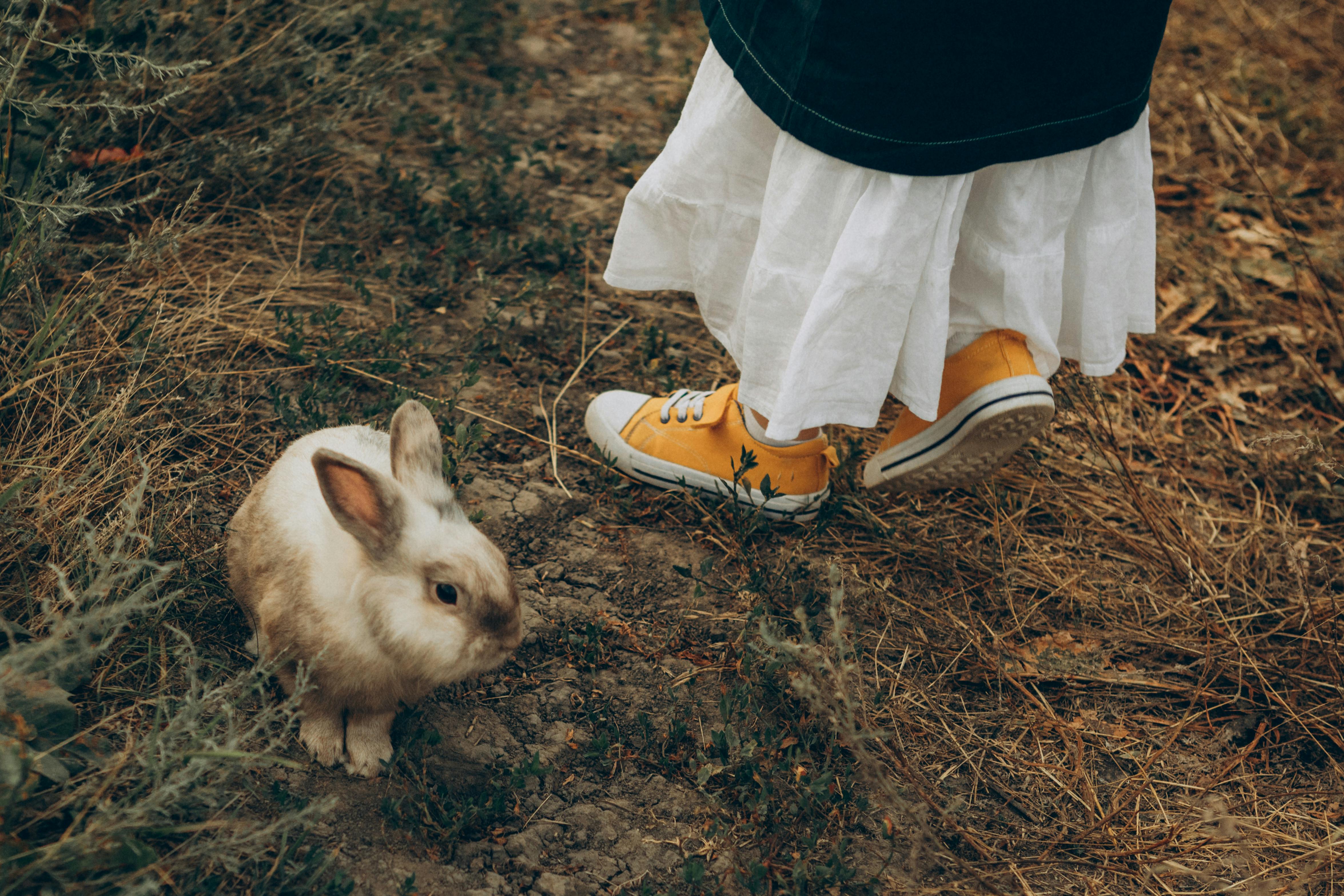
Apply Now


Smart Ways to Optimize Your 30 Gallon Terrarium for Success
Creating a thriving ecosystem within a 30-gallon terrarium can be both a hobby and a profound learning experience. This sizable glass enclosure provides ample space for various plant species and even small animals, making it a mini greenhouse for indoor gardening enthusiasts. The benefits of establishing a successful vivarium setup include improved air quality, enhanced aesthetics in your home, and the opportunity for educational projects, particularly for families with children interested in nature. In this article, we will explore essential strategies for optimizing your terrarium, focusing on environmental control, humidity regulation, suitable plant choices, lighting options, and regular maintenance. Each section will cover critical aspects of terrarium setup and care that can lead to a flourishing indoor garden. From selecting the right drainage layer to ensuring adequate air circulation, we will provide practical tips for achieving a balanced mini-ecosystem that thrives over time. By applying these strategies, you’ll foster a vibrant habitat that's not only visually appealing but also supports ecological diversity.Understanding the Essentials of Your Terrarium Setup
Building a successful 30-gallon terrarium starts with grasping the fundamentals of a glass enclosure. This involves understanding the needs of your plants and how to create a self-sustaining environment. Eco-friendly designs made possible through sustainable gardening practices can significantly contribute to your overall success.1. Selecting the Right Glass Enclosure
When choosing a glass enclosure for your terrarium, consider durability and the environment you plan to create. A 30-gallon tank generally offers sufficient space for plant growth and airflow. Ensure the glass is thick enough to withstand humidity and maintain temperature without warping. Additionally, a well-sealed terrarium will be critical for moisture control.2. Drainage Layer and Soil Types
The foundation of a successful terrarium lies in its drainage layer and soil mixture. Begin by creating a drainage layer that prevents water logging. Use small stones or decorative gravel, followed by a mix of high-quality potting soil suitable for your selected plants. Consider incorporating soil types that promote aeration and moisture retention to suit various species.3. Choosing Appropriate Terrarium Plants
Selecting compatible plants is crucial for the long-term health of your terrarium. Look for humidity-loving tropical plants, hardy succulents for a desert terrarium, or even aquatic features with water plants. Always consider species compatibility and the environmental conditions within your 30-gallon terrarium.4. Incorporating Natural Decor and Hardscaping
Natural decor enhances the aesthetic appeal of your terrarium while providing habitats for your plants. Include elements such as decorative stones, driftwood, or creating elevation changes within your ecosystem. Hardscaping provides structure and can help in creating microclimates for diverse plant growth.5. Ensuring Proper Air Circulation
Air circulation is vital for the health of plants in a terrarium setup. Without proper airflow, humidity levels can rise too high, leading to mold and rot. A ventilation system can help maintain an appropriate balance, but also consider periodically removing the lid to allow air exchange.Lighting Options for Optimal Plant Growth
With your basic setup established, lighting is the next vital component to ensure plant health in your terrarium. Over time, light conditions can significantly impact plant growth, and selecting the right artificial lighting can optimize your ecosystem.1. Understanding Light Conditions
Different plants have varying light requirements. It's essential to research the light needs of your chosen plants and provide conditions that replicate their natural environment. Tropical plants typically require brighter, consistent light, while desert terrarium plants thrive in full sun.2. LED Lighting Solutions
LED lighting has become a popular choice for terrarium setups due to its energy efficiency and low heat emissions. Using LED grow lights can mimic sunlight and encourage healthy plant growth without causing overheating. Choose adjustable fixtures that can be positioned at various angles to provide even distribution of light.3. Seasonal Changes and Their Effects
As seasons change, so do light availability and intensity. Be mindful of seasonal adjustments; your indoor gardening setup may need modifications in lighting duration and intensity based on changing natural light conditions.Humidity Regulation and Temperature Control
Humidity levels play a critical role in creating the ideal environment for your plants. Regulating this essential factor will ensure the longevity and health of your indoor garden.1. Utilizing a Humidity Gauge
Investing in a humidity gauge helps monitor the levels within your terrarium. This essential tool provides insights into when to mist or ventilate the enclosure to maintain an optimal environment for growth.2. Humidity Control Methods
Should you find the humidity levels are consistently low, adding a misting system or utilizing moss can help retain moisture. Conversely, if humidity levels rise too high, use your ventilation system to decrease excess moisture and prevent mold growth.3. Temperature Management Strategies
Alongside humidity, maintaining temperature is vital. Ideal conditions usually range from 70°F to 80°F (21°C to 27°C) for many tropical species. Consider placing your terrarium in a location where temperatures remain stable, avoiding extreme fluctuations.Terrarium Maintenance: The Key to Success
Regular maintenance is essential for sustaining health within your terrarium. By understanding the upkeep strategies needed, you can cultivate a thriving indoor ecosystem.1. Developing a Maintenance Schedule
Create a maintenance schedule that includes regular checks for plant health and potential pests. This routine may involve watering, trimming dead foliage, and ensuring that drainage systems remain clear to prevent water accumulation.2. Pest Control and Prevention
Pest control can be a challenge in a closed environment. Look for organic solutions and integrated pest management strategies that protect your plants without harsh chemicals. Simple measures like introducing beneficial insects can also enhance your terrarium's health.3. Plant Care and Propagation Tips
Propagating your plants is a great way to expand your terrarium without additional cost. Incorporate clippings from healthy plants, ensuring they’re suitable for your established ecosystem. Regularly check for growth cycles, promoting overall biodiversity.
Educational Uses of Terrariums for Children
Creating a 30-gallon terrarium can serve as an interactive learning experience for children and adults alike. It demonstrates concepts of ecology, biology, and sustainability.1. Exploration of Ecosystem Services
Terrariums provide an opportunity to explore ecosystem services such as nutrient cycling, oxygen production, and photosynthesis. Discussing these processes actively engages children in scientific concepts.2. Hands-On Learning through Gardening Projects
Incorporate educational gardening projects where children undertake the responsibilities of care, such as monitoring humidity levels or noting plant growth. These hands-on activities solidify their understanding of environmental balance.3. Seasonal Adjustments and Observational Learning
Regularly associating seasonal changes with adjustments in the terrarium encourages observational learning. It helps children connect with nature, fostering a sustainable mindset as they look forward to the cycles of growth and dormancy.